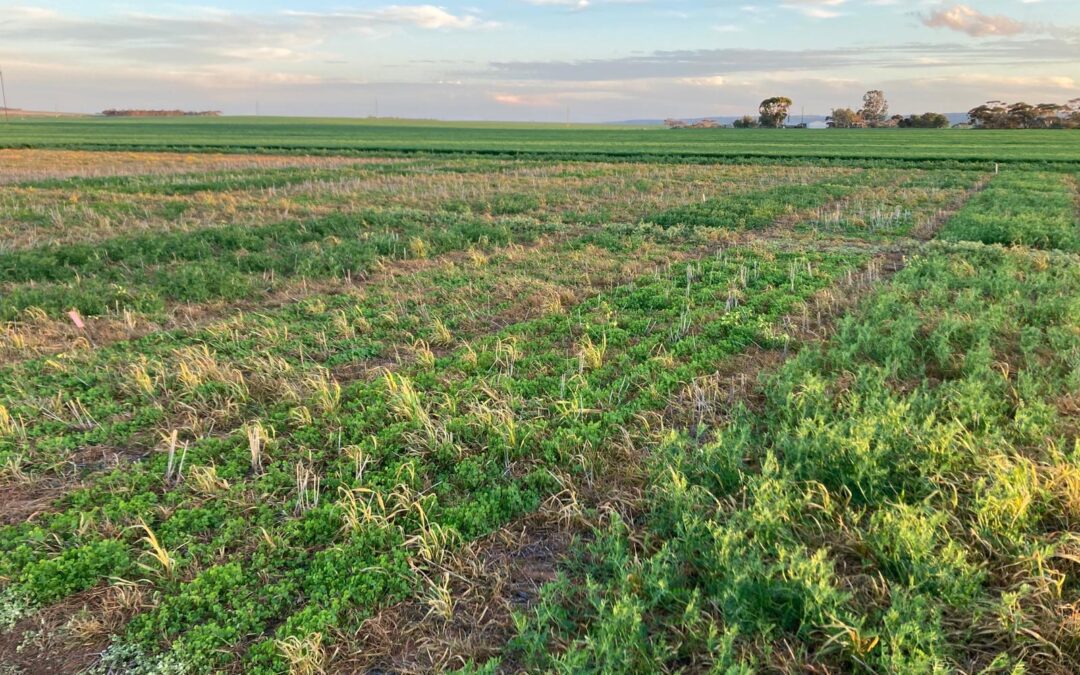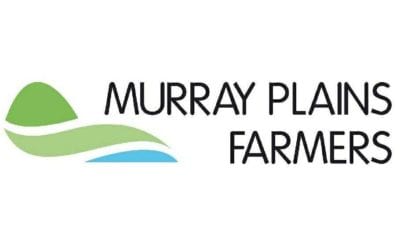Murray Plains Farmers was successful in winning a funding allocation from the SA Grain Industry Trust for a pasture demonstration trial in 2021.
The trial objectives are as follows:
- Identify appropriate pasture species for our low rainfall zone environment, accounting for highly variable soil types while also delivering nitrogen fixation and a suitable break in the cropping rotation.
- Build capacity to manage the agronomic requirements of pastures, from successful establishment and in-season growth to maximising seedset.
- Improve awareness of the economics of including an improved pasture in a cropping rotation, and the subsequent benefits to livestock for mixed farmers.
Here’s an excerpt from the MPF application:
Project background
The trials proposed are focused on quantifying what can be achieved with pastures in our LRZ and getting the most out of the pasture phase to set-up cropping paddocks for the following year, while also better supporting the livestock side of mixed farms.
In particular, the trial methodology outlined below will answer the following questions:
- Which legume pasture species are suitable to our LRZ environment?
- How to maximise pasture production and seed set in the establishment year
- How can we maximise regeneration in subsequent years?
- What pasture species will provide the best disease break in the cropping rotation?
To improve the performance of legume pastures on low rainfall mixed farms in the Murray Plains and increase their benefit to subsequent crops and overall profitability of farms.
Research methodology
One field site will be run in the 2021 growing season, with plantback to wheat in 2022. Replicated trials at each site will comprise 76 small plots. Soil at the site will be characterised prior to the commencement of the trial in April 2021, with each treatment re-analysed in autumn 2022.
The following trial design is proposed to answer the first four research questions outlined in the project background and identify best practice options for future evaluation:
- Environment x species. About ten pasture species will be sown across four replicated plots. The growth and persistence of varieties sown will be assessed during the first year. For 2021, we would propose the following varieties (based on growth and performance in other low rainfall regions) the new PM250 strand medic, sultan SU barrel medic, a spineless burr medic, French serradella, biserrula, bladder clover, trigonella, arrowleaf clover, persian clover and vetch. To assess the potential value offered to livestock, dry matter will be measured with production/availability cuts proposed for late autumn, mid winter and late spring. The nutritive value of selected species will be measured. In addition, estimates of seed set will be carried out to gauge seed-bank carry over to support pasture regeneration in subsequent years. Vetch will be included as a control given the MPF survey showed vetch was used as sown pasture, hay and crop.
- Importance of seeding rate. A rate of sowing trial will investigate three species at three rates (x3 replications). Germination and early production will be measured to demonstrate the importance of sowing rate to generating early production, reducing weeds and subsequent seed production.
- Legume persistence. Assessments of estimated seed set will be conducted in all plots in early summer 2021, and establishment of different pasture species in autumn 2022 determined prior to knockdown and seeding to wheat in May. AgXtra will yield the wheat at the end of 2022.
- Nodulation and disease break. It is proposed to compare N fixed via soil testing in autumn 2022, as well as soil borne disease testing to learn whether there are significant differences between the varieties proposed for the LRZ. Funds to cover these costs will be sought through our local Landscape Board.
All of these options will be compared with unimproved treatments as the baseline


